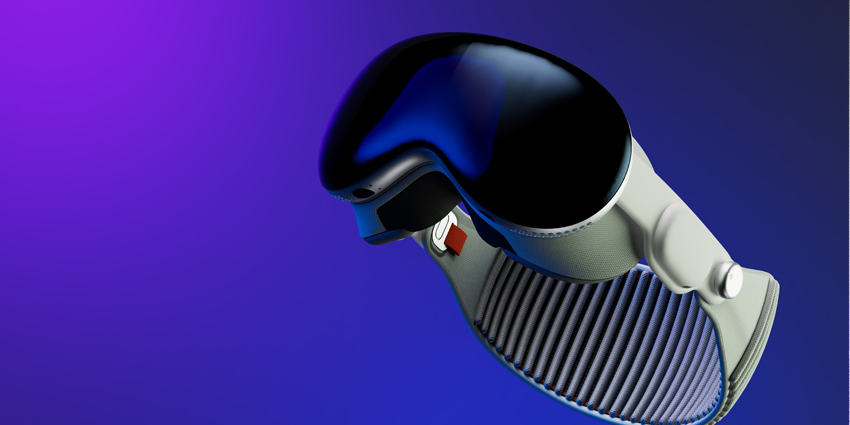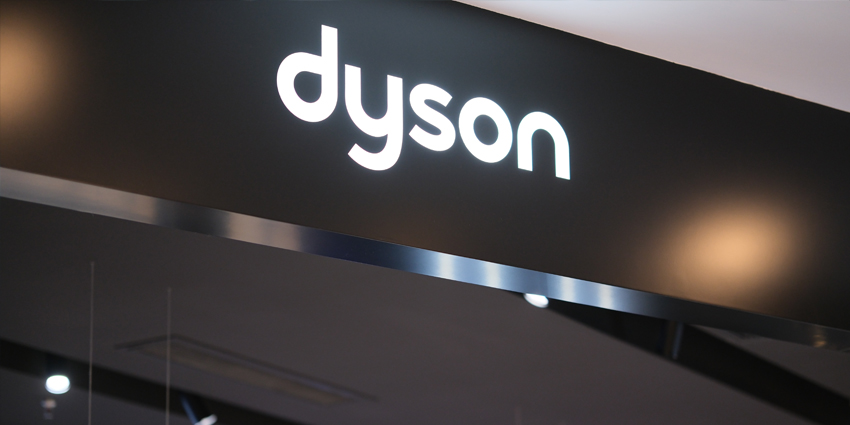Augmented reality accessories are intuitive tools, add-ons, and extras designed to enhance user experiences when adopting smart glasses and AR headsets.
Demand for these solutions is increasing as the market for augmented reality continues to grow, predicted to reach a value of $1,109.71 billion by 2030. AR accessories don’t just give AR fans an opportunity to personalize their experience. They can also improve innovative AR solutions’ functionality, comfort, and performance.
Today, we’re looking at some of the most impressive and valuable augmented reality accessories, ideal for consumers and business users.
8 Amazing Augmented Reality Accessories to Explore
Augmented reality accessories come in a range of different forms.
Some solutions are simple and designed to address common problems, like keeping devices charged and ready for use. For instance, Microsoft has dedicated USB chargers for its HoloLens 2, while other vendors offer comprehensive charging stations.
Others are more advanced. For instance, rumors suggest Apple may begin embedding AR solutions into its Airtag products as it invests in the XR world with the Vision Pro and VisionOS.
Here are just some of the augmented reality accessories we recommend considering today.
1. Audio Augmented Reality Accessories
Spatial computing and augmented reality often go hand-in-hand. That’s particularly true now that innovators like Apple are embracing the broad capabilities of spatial systems to enhance their headsets. One evolving aspect of spatial computing is spatial sound.
Many AR headsets and smart glasses already have their own spatial audio systems. These tools are designed to enhance the XR immersion, helping to position sound around the user wherever it makes the most sense.
However, for headsets that don’t have the most intuitive spatial sound capabilities, accessories are an excellent alternative. For example, the Rokid AR Studio spatial computing platform can be enhanced with omnidirectional speakers for cinematic audio.
Apple’s AirPod Pros and AirPod Max earbuds can also bring spatial sound to various environments. They use Dolby Atmos technologies, internal gyroscopes, and accelerometers to reposition and optimize sound waves.
2. Haptic Gloves and Wearables
The hype around haptic technologies, capable of simulating physical sensations for XR users, has died down somewhat in recent years. However, these accessories could be valuable in specific settings. Haptic gloves, body suits, and belts can all transform our interactions with digital content.
These augmented reality accessories have incredible potential, particularly in the enterprise and business environment, boosting collaboration and creativity.
They can allow consumers to “feel” what they’re interacting with in a virtual or augmented reality space, allowing for better training simulations. Fluid Reality recently introduced an enhanced set of haptic feedback gloves compatible with a range of headsets.
Elsewhere, companies like “Subpac” produce haptic backpacks, which generate vibrations based on audio signals. There are even organizations like Woojer investing in developing vests and haptic belts which cause immersive haptic sensations for most AR and VR headsets.
3. Advanced Controllers
In the world of augmented reality accessories, controllers are less common than they are in the VR space. Many of the top AR and mixed reality headsets don’t require physical controllers at all. The Apple Vision Pro and the Microsoft HoloLens 2 use hand and eye tracking to process user input.
This means you can interact with content without having to press any buttons or interact with a keyboard. However, there are still controllers that can enhance the user experience. Apple’s Vision Pro solution can work alongside your Mac devices to give you more control over content.
Additionally, innovators like “Tap” have created strap-style solutions that users can wear on their knuckles to interact with virtual keyboards and other tools. These augmented reality accessories track which fingers you tap to help input commands quickly.
4. Protective Covers and Masks
Though they may not be necessary for lightweight smart glasses, protective covers and masks are extremely useful for full AR headsets. Designed to improve user comfort, minimize feelings of VR sickness, and even protect hardware, these augmented reality accessories come in various styles.
There are disposable eye covers for AR and VR headsets, which protect the hardware from sweat and create a more hygienic experience for teams. These solutions can reduce the spread of bacteria and germs, ideal if more than one of your employees needs to use the same headset.
Memory foam faceplates can also increase the comfort of users wearing AR headsets for long periods. Apple has even crafted a modular and customizable system for the Apple Vision Pro to reduce light leakage and minimize pressure on the user’s face.
Microsoft also has “brow pad” options for its HoloLens headset, designed for everyday and industrial use.
5. Customizable Lenses
One of the users’ biggest challenges when adopting AR, VR, and MR headsets is ensuring these technologies adapt to their visual requirements. Wearing standard eyeglasses under an AR headset or a pair of smart glasses makes the whole experience less comfortable.
This has prompted companies to invest in solutions that allow users to swap the lenses of their smart glasses with solutions tailored to their visual needs. In the VR world, Meta has partnered with the Zenni company to offer custom prescription lenses to consumers.
In augmented reality accessories, Apple is taking a similar approach, allowing users to customize their headsets with prescription lenses. This not only makes AR devices more accessible to a broader range of users, but it can also improve comfort and reduce VR sickness.
6. Durable Head Straps
Another of the top augmented reality accessories specifically intended for larger AR/VR or MR headsets, durable head straps offer a range of benefits to users.
They ensure consumers get the best possible fit from their wearable device, reducing slippage and unnecessary pressure on their heads and face. Microsoft introduced a high-quality overhead strap for the HoloLens 2, which promises to make wearing a headset more comfortable for extended periods.
Similarly, rumors indicate Apple plans to develop a secondary strap for the Apple Vision Pro. This overhead strap will help evenly distribute the headset’s weight for wearers, making it feel more comfortable and balanced.
As advanced technology continues to make AR devices heavier, additional straps will help to reduce some of the strain on users, allowing for a more natural experience.
7. Detachable Batteries and Charging Docks
As mentioned above, some of the top augmented reality accessories address major challenges consumers and businesses have when adopting XR innovations. Even the best AR headsets often have limited battery power, mainly wirelessly.
This has led developers and innovative vendors to invest in developing new power solutions for their headsets. The Apple Vision Pro, for instance, will have a separate “power bank” removed from the headset to minimize weight. This power bank can be charged externally, and there may even be an option for companies to buy several “extra” batteries for long-term use.
Microsoft is also apparently working on developing hot-swappable batteries for AR smart glasses. Companies are working with third-party vendors and developers to create charging stations and docks to simplify the charging process.
8. Augmented Reality Accessories for Gear Protection
Finally, some of the best augmented reality accessories are also the simplest. Though AR headsets and smartglasses are becoming more affordable, thanks to evolutions in advanced technology, they’re still expensive investments. Companies and consumers must ensure they keep their headsets and other devices safe, particularly during transportation.
Carrying cases, offered by leading XR brands like Microsoft and third parties, are a great way to protect a headset from dust, damage, and scratches. Heavy-duty cases can also help to make your technology easier to transport (to and from the office).
Alongside carry cases, some brands invest in other solutions to help maintain XR gear. For instance, cleaning pens and microfiber lens cleaning clothes are low-cost, convenient tools for minimizing wear and tear.
Investing in the Top Augmented Reality Accessories
The demand for innovative augmented reality accessories and “add-ons” will only grow as this market continues to evolve. Vendors will continue to innovate as businesses embrace augmented and mixed reality solutions to empower workers, unlock new levels of productivity, and boost creativity.
From intuitive haptic solutions to spatial audio systems and even simple charging docks, countless augmented reality accessories can enhance user experience. While you might not need all the options above, some of these tools will surely take your AR adventure to the next level.







